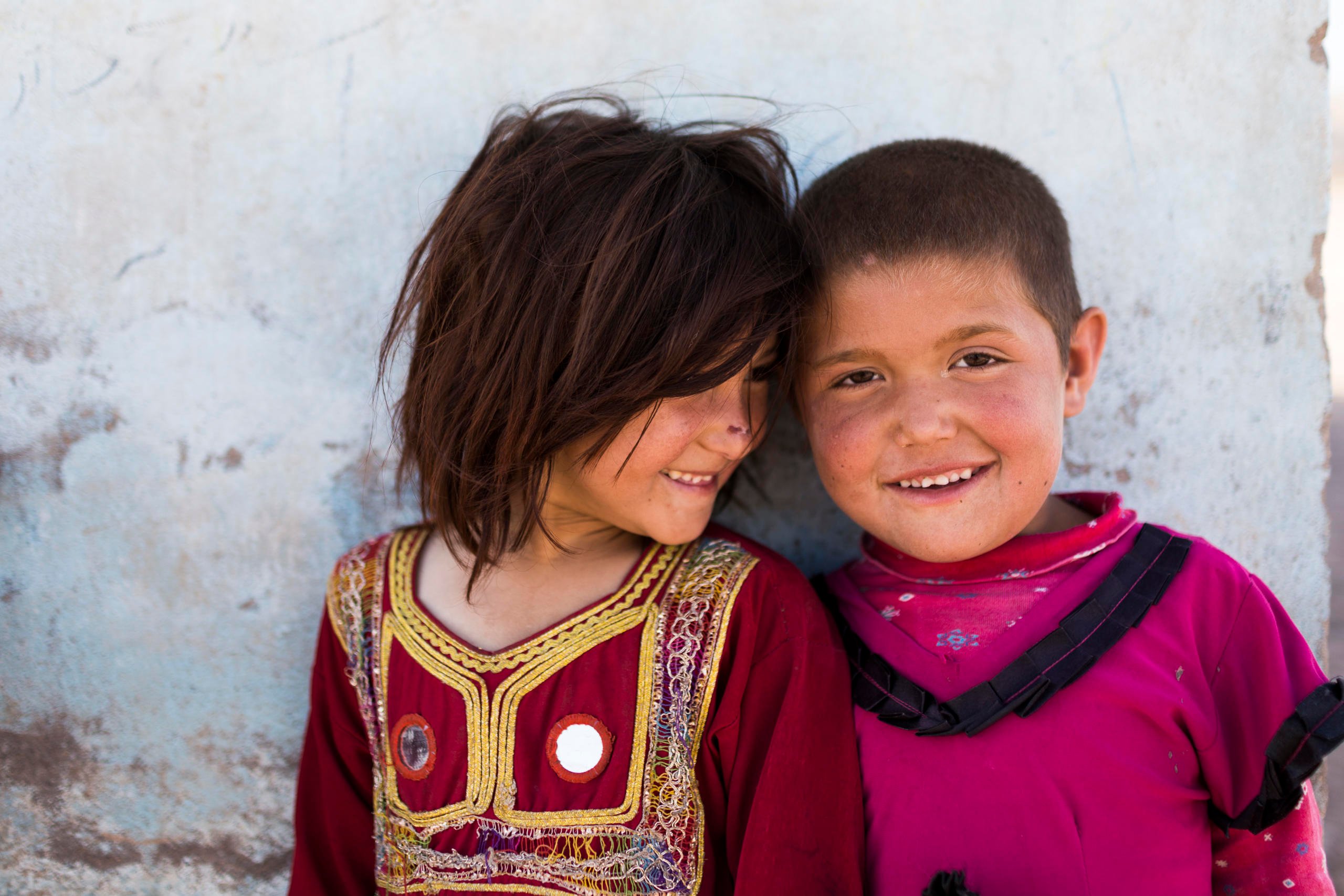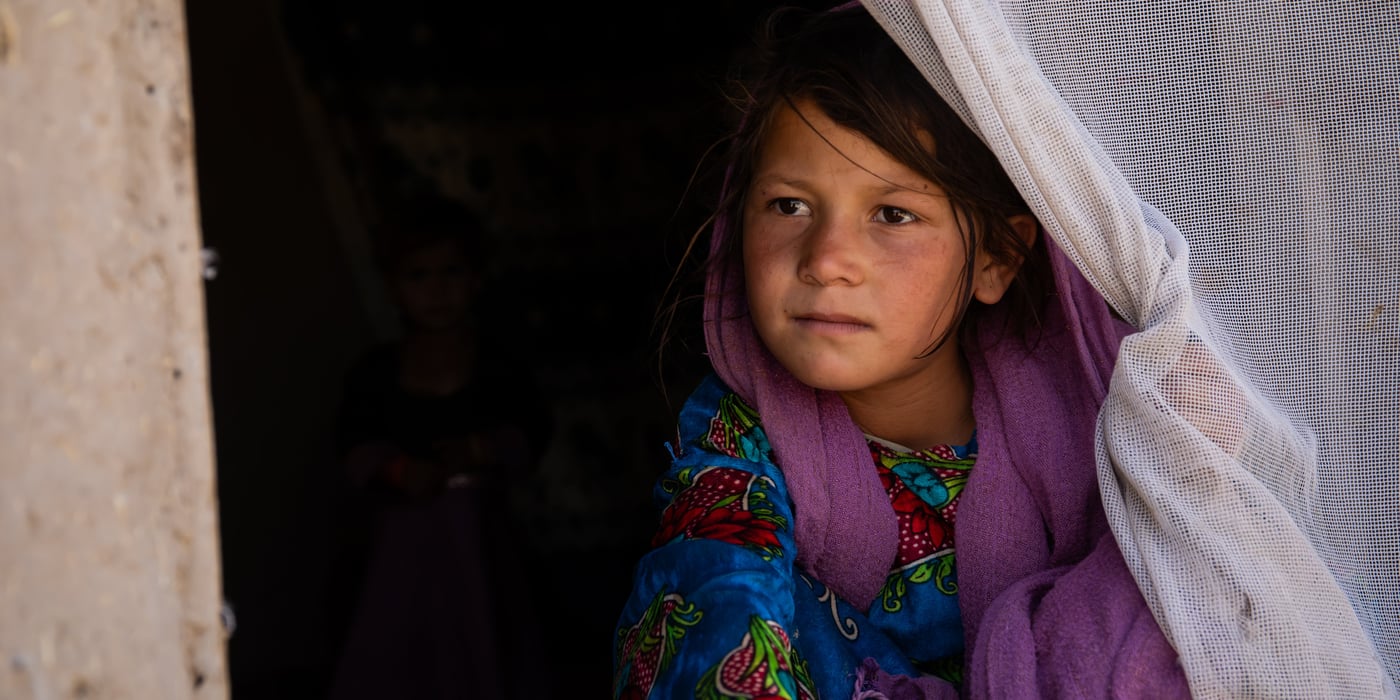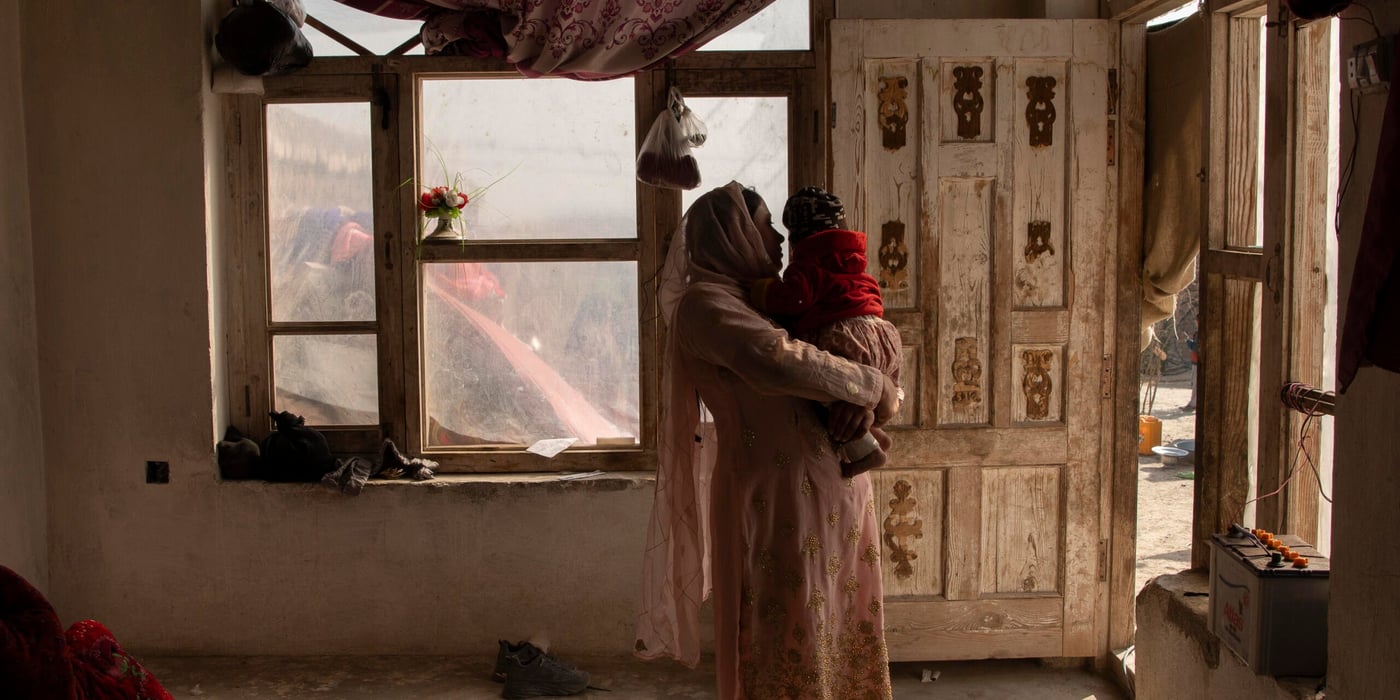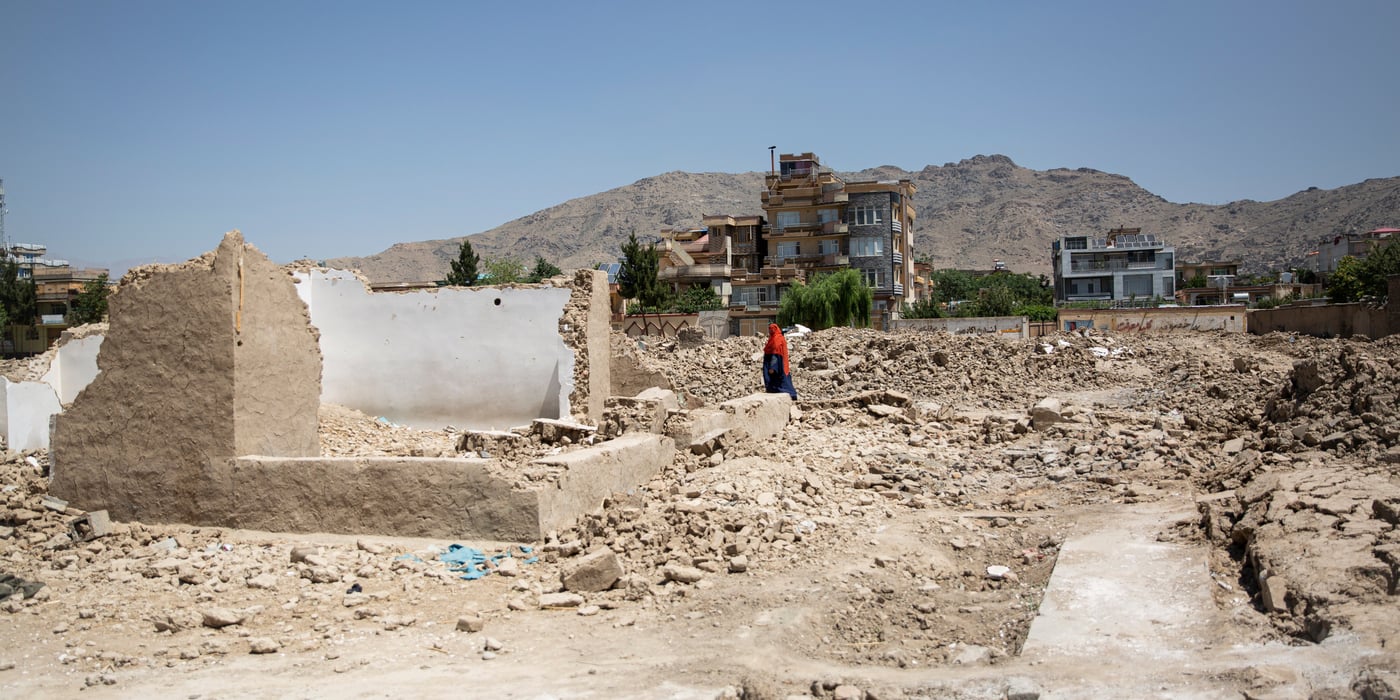
A new pilot project in Herat Province in western Afghanistan was launched on 31 July by the Norwegian Refugee Council (NRC) in cooperation with the Government of Afghanistan. Through the use of mobile teams and a new registration process, the project aims to reach almost 9,000 people displaced in Herat.
“We have managed to develop a solution helping displaced Afghans obtain Tazkera that does not require them to make the dangerous or costly journey to their place of origin,” said William Carter, Head of Programme for NRC Afghanistan.

Currently, the way Afghan law is implemented requires applications for Tazkera to be applied for in the place of origin, or with central authorities in Kabul. For internally displaced people it is difficult to obtain the identity card– they have had to flee their homes because of conflict and are reluctant to return to ongoing conflict. In addition, the cost of traveling back to their homes is prohibitive for many
“Legal identity is required for so many basic services, and also to owning land in Afghanistan. This new registration process will have a profoundly positive impact on the lives of Afghan families who fled their homes due to conflict,” said Carter.
NRC has offered legal aid to people who are displaced in Afghanistan since 2003. The work is funded by a number of international donors, including: US BPRM, UN Common Humanitarian Fund, DANIDA, Dutch MFA, EU, UK DFID, NMFA, and NORAD.




